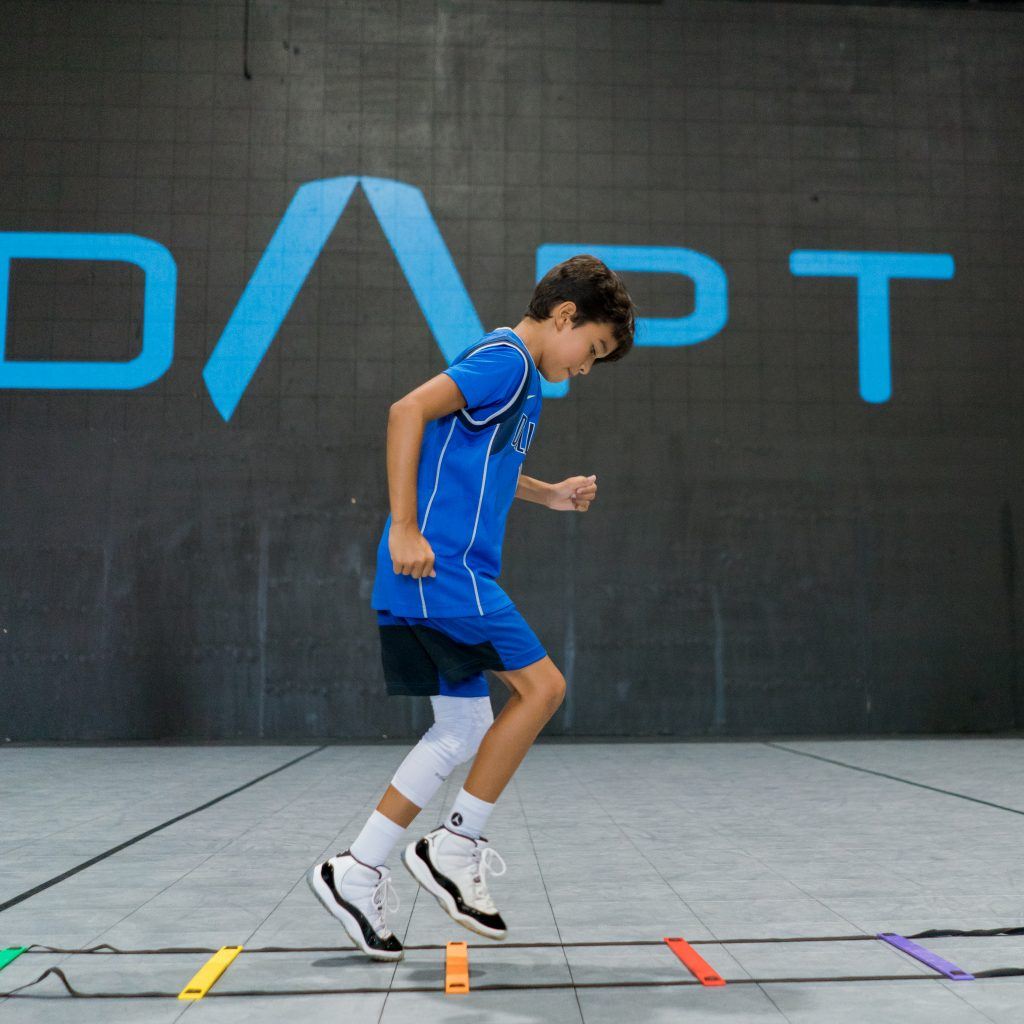
It might be your son, it might be your daughter. It doesn’t really matter.
In any case, you realize that you have a kid that has above-average ability.
Coaches start to tell you that your child has potential. People start talking about special select teams and year-round dedication to one sport.
The big question is, what do you do now. How to you continue to help them develop?
I know, everyone loves the attention but, remember, these are youth sport coaches, most with their own agenda. Don’t read too much into it.
The key is to keep the focus on development, not on a scholarship. You’ve got a good thing going now, don’t let a bunch of arm chair experts tell you how to handle it.
Also, don’t handle things the way you do at work. This is not a mini-adult, this is a child. What made you a success at work won’t necessarily work for your child. Think slow cooking vs a nuclear approach.
I understand that everyone would love for their kid to get a college scholarship. However, I love to say that development is like farming. It takes time and you can’t rush it. There is no such thing as speed farming.
Here are two things to think about:
- Exposure is a word used to get you to invest money to play in often questionable tournaments
- Potential is just that. Potential is a word used to describe what someone might do in the future.
The key is to attack things logically. If your child is young ( under 14) hold your horses, keep it fun and don’t listen to these so-called experts. Most of the “experts” running youth programs really have no idea what they are talking about. These experts can range from opportunistic parents looking for good players to enhance their own kids chances, to entrepreneurs looking to make club coaching pay the bills.
In any case, spend your time and money wisely. After age 14 the number one way to get better is to begin to follow what I like to call the professional athlete model.
In the professional athlete model two things stand out:
- There is always a distinct off season. This off season period is dominated by training to improve physical ability ( think strength and conditioning)
- There is always an in-season training program geared to maintain or enhance the off-season program.
In other word’s pros don’t play year-round but, do train year-round.
One point to note. As kids age, skills get harder and harder to improve. However, physical abilities ( size, strength, speed) still have a significant window for improvement. Kids who don’t begin a training program, even if they are more skilled, risk being left behind by their harder-working peers.
We see this all the time when one kid ( usually the one identified early as “talented”) plays a full schedule of weekend tournaments while another trains hard and plays very little.
The experts tell the parents that the kid not playing will be left behind his peers. However, as the real season rolls around, the kid that trained hard and worked to improve passes the “tournament kid”. The tournament kid spends time traveling for what amounts to a few minutes of playing time, while the “training kid” stays close to home and physically improves.
Trust me, after 35 years I have seen it happen over and over. The “can’t miss” Pee Wee is forgotten and people are talking about the kid who’s been doing the work.
The number one thing to realize is that long-term success is based on a combination of talent, hard work, and passion. If you have a talented child, start to add some work habits necessary for long-term success, and remember, don’t kill the passion.
Blog by Scott Grondin, Co-Owner and Movement Practitioner